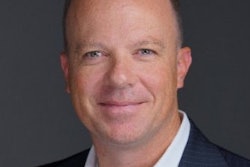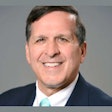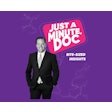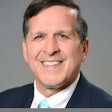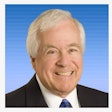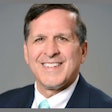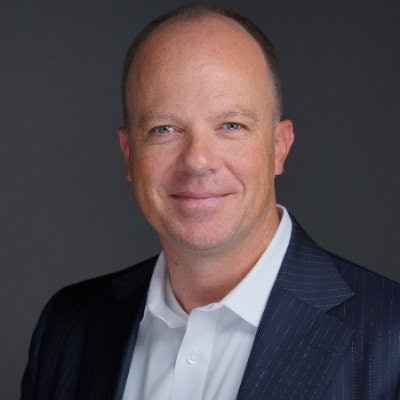
"Our chief want is someone who will inspire us to be what we know we could be." -- Ralph Waldo Emerson
Many management models are top-down. The CEO or dentist is the "boss," and under the boss are all the other positions in the business. The "boss" is usually authoritarian and has the last word on everything discussed and implemented.
Top-down leadership involves the organization's top leaders making decisions that are executed by lower-tier management or directly by the employees. This mindset of top-down comes from the industrial age of command and control.
A bottom-up approach to leadership
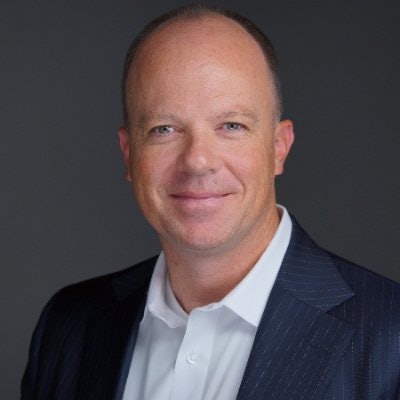 Dr. James V. Anderson.
Dr. James V. Anderson.
In my experience, a good leader inspires workers from the bottom up. They give voice to all employees and welcome their ideas for making the business better for all, including the patients.
People are not interchangeable things, nor are they the same as each other. If we lose a key worker, can they be easily replaced? I don’t think so.
My organization's core values come from the book The 7 Habits of Highly Effective People by Stephen R. Covey. The book, which was written decades ago, is still relevant to our times. Only with personal growth can you lead others.
It's a challenge to create a team. Staffing shortages have challenged dentistry before; however, shortages worsened during the pandemic.
We also have opportunities for working remotely that were less common than they were before COVID-19. Remote working is only for some individuals.
Those who choose to work in dental practices do so because they desire team interaction and they enjoy caring for patients. The people who want to interface with patients and form an efficient team are the people you need.
These people want a strong leader who has a vision and mission for success that includes each member of the team. They also desire leaders who show gratitude to their people, develop their teams, and reward them.
Inspiration to grow is what we search for from a leader. Leaders must be fearless in talking to their teams and listening to them. Relationships have suffered tremendously during the pandemic, and unless you get the people and culture moving in the direction you want, so much of what we do without cooperation can be wasteful.
Bottom-up leadership may not always work in times of crisis. During these times, one person needs to be in charge. Several people attempting to make a unanimous decision during an emergency leads to confusion, resulting in an even worse situation.
It is motivating to be part of a mission-driven organization and see that team members have distinct values and are appreciated. Bottom-up leaders know this and engage team members in conversations about how their responsibilities can evolve to support the organization's mission.
You are busy, but it's crucial to maintain a dialogue that allows your staff to see their work in a broader frame of contribution. It’s important to keep your word.
If you have told your staff that an open dialogue is important to build the team, then you must be available to deliver your promise. Bottom-up leadership requires taking a step back from the business and reinvigorating day-to-day work with a deeper, personalized meaning.
True leaders need to practice listening without judgment. Be comfortable deferring to others’ judgment, relevant knowledge, and skill sets. Bottom-up leaders sometimes step back and let others direct meetings and lead projects.
Meeting the needs of your team
To succeed in building a great team, there are four needs a leader must recognize and strive to meet. These needs include:
- Expressing praise and appreciation to team members
- Providing challenges that inspire employees
- Supplying growth and learning opportunities to everyone
- Providing economic rewards and demonstrating sincere gratitude
In 2023, let's develop our personal and team-building skills. We need to step up what we offer our employees as far as culture and create a meaningful experience for them. Learning leadership skills is not a crash course. It takes time and practice, but it is worth it in the end.
Dr. James V. Anderson is a practicing dentist in Syracuse, UT, and is the CEO and founder of eAssist Dental Solutions. He can be reached via email.
The comments and observations expressed herein do not necessarily reflect the opinions of DrBicuspid.com, nor should they be construed as an endorsement or admonishment of any particular idea, vendor, or organization.





